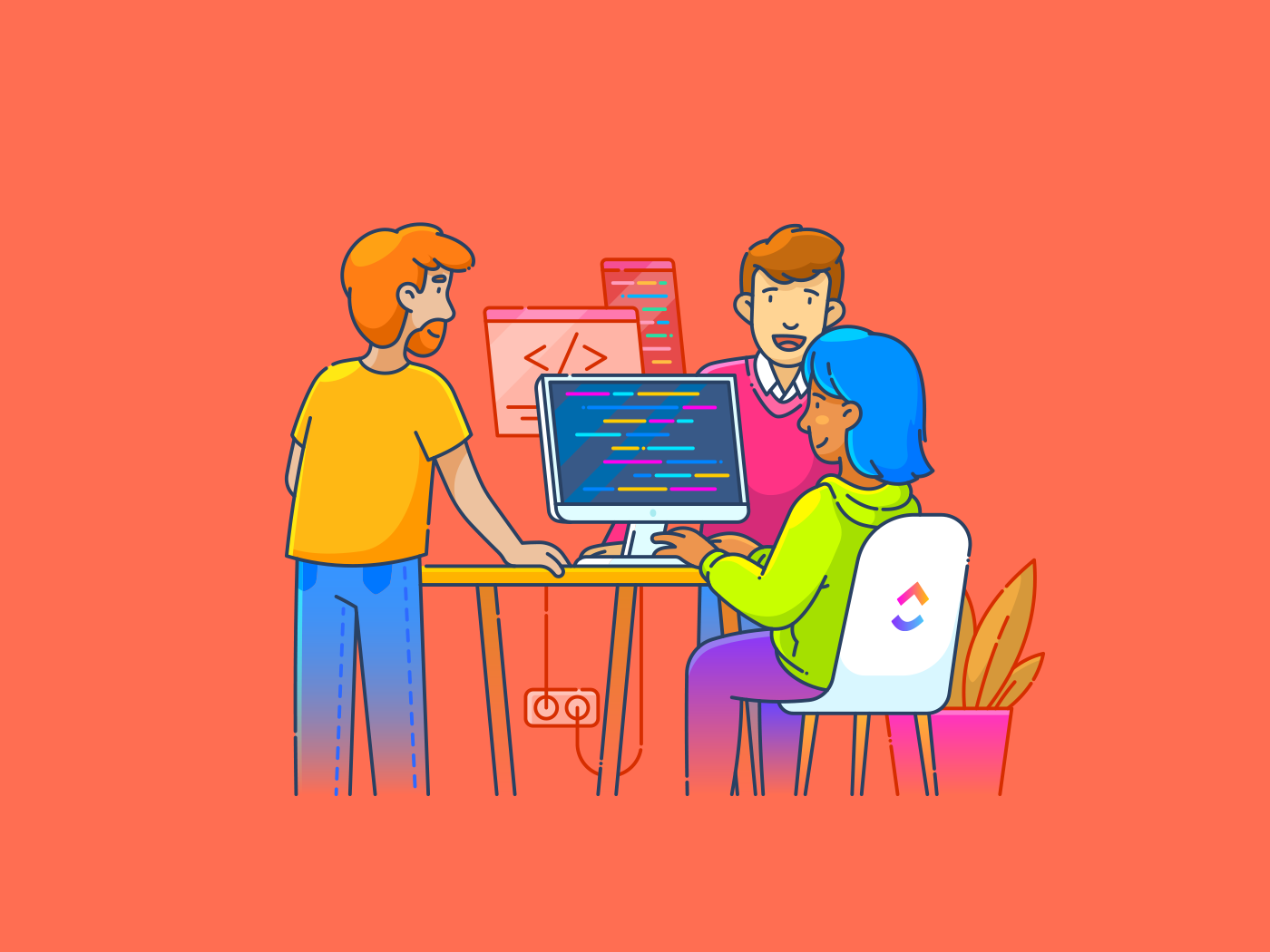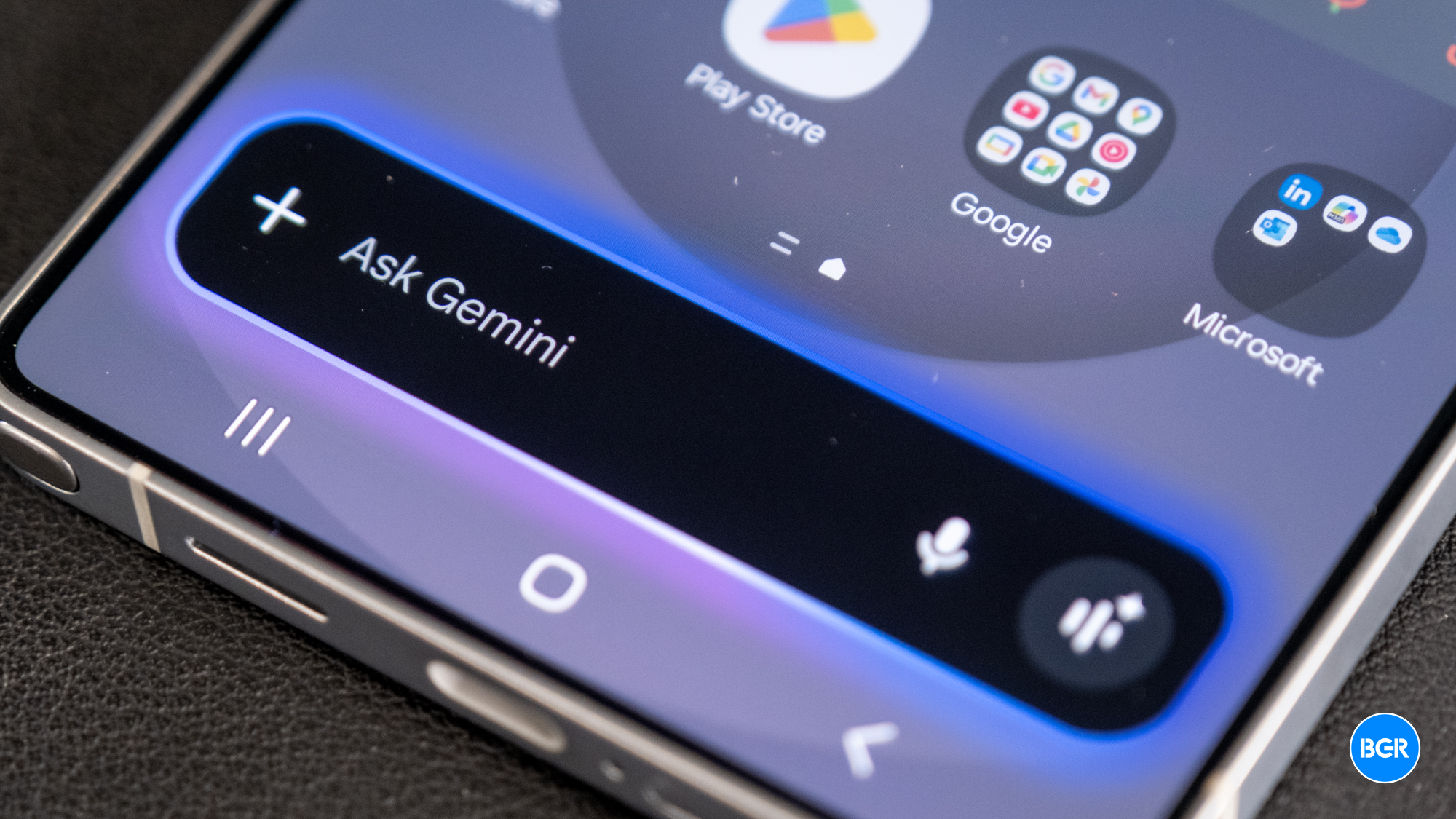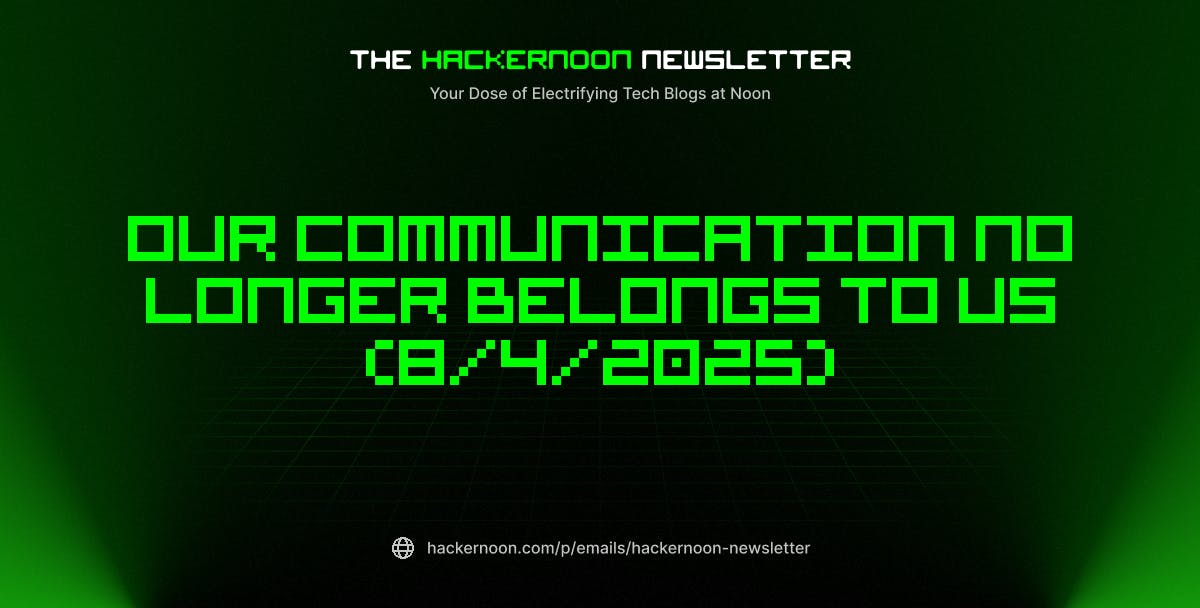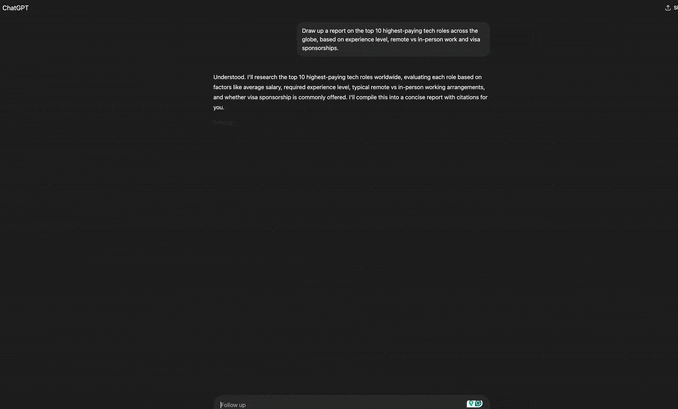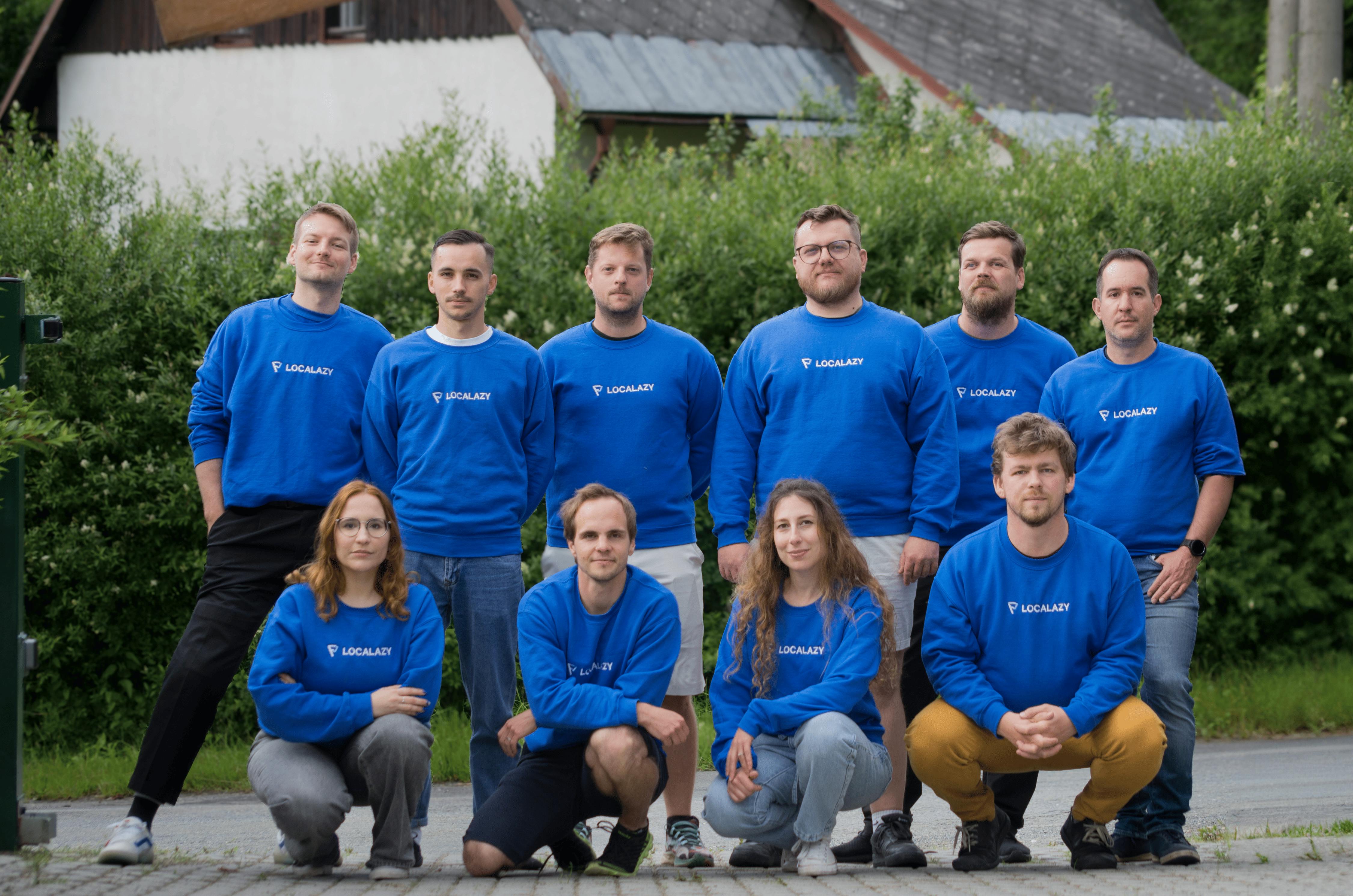It’s 9 AM, and you look at your calendar—an organized grid of meetings, deadlines, and personal tasks. Your day seems manageable—until it isn’t.
A meeting runs over, an urgent email pops up, and suddenly, your schedule’s off track. You’re scrambling to adjust, manually reshuffling your schedule, and hoping you haven’t missed anything important. Worse? That focus time you carved out to work on ideas for an upcoming campaign? Someone’s usurped it with an impromptu meeting!
This scenario plays out often in our busy lives when juggling work commitments and personal errands. The real challenge is handling the curveballs and staying productive when things inevitably shift.
In this article, we’ll compare Motion vs. Google Calendar to see which can help you organize your calendar with flexibility and ease.
As a bonus, we’ll introduce you to an AI-powered calendar that finally gives you control over your day.
Motion Vs Google Calendar: Which Scheduling Tool Is Better?
⏰ 60-Second Summary
Motion and Google Calendar are powerful scheduling tools, but serve different needs.
Here’s how they compare:
Motion: Best for professionals who want a smart, AI-powered assistant to automatically plan their day, reprioritize tasks, and dynamically adjust schedules without manual effort.
Google Calendar: Best for users who need a clean, dependable calendar to manage meetings, set reminders, and stay in sync across the Google Workspace ecosystem.
A feature breakdown of Motion vs. Google Calendar:
Task Scheduling & Prioritization: Motion auto-schedules tasks based on priority and availability. Google Calendar supports basic task creation via Google Tasks, but everything needs to be scheduled manually.
User Experience: Google Calendar is simple, intuitive, and easy to adopt. Motion offers more advanced automation, but may require a learning curve for new users.
Integrations: Motion connects with tools like Google Calendar, , Trello, and Zoom. Google Calendar natively integrates with Gmail, Google Meet, and hundreds of apps via Zapier.
bridges the gap, offering powerful scheduling, task management, and team collaboration in one unified platform:
- Calendar lets you schedule and manage tasks, events, and meetings in one place
- Tasks connect seamlessly with your calendar, so nothing slips through the cracks
- Brain offers AI-powered notes, meeting summaries, and productivity insights
- Docs, Whiteboards, and Chat make it easy to plan, collaborate, and execute as a team
Motion vs. Google Calendar at a Glance
Before we dive into the details, here’s a quick comparison of the key differences between Motion and Google Calendar:
| Feature | Motion | Google Calendar |
| Task management | Advanced task prioritization and AI-assisted project management | Basic task creation (via Google Tasks) |
| Auto-scheduling and time-blocking | Automatically schedules tasks and blocks time on your calendar based on priority and available time | No auto-scheduling/automatic time-blocking feature |
| Integration with tools | Integrates with tools like Google Calendar, , Slack, Asana, etc. | Integrates with Google Workspace (Gmail, Google Meet, etc.) |
| Custom views | Offers customizable views for tasks and events (Group, Sort, List View, Kanban View) | Limited custom views (Day, Week, Month) |
| Pricing | Free plan available. Paid plans start at $19/month per user | Free plan available; Paid plans start at $7.20/user per month |
| Core functionality | Strong focus on productivity and intelligent task management | Primarily focused on calendar scheduling |
What Is Motion?
Motion is an AI-powered scheduling and productivity tool that helps you automatically manage your time by integrating tasks and calendar events. It syncs with Google Calendar, Outlook, and popular task management platforms like , Asana, and Trello to create an optimized daily agenda.
Motion prioritizes tasks based on urgency and deadlines. It dynamically adjusts your schedule as new tasks arise or existing ones change. The tool automatically allocates time for meetings, deep work, and breaks, ensuring that your day is balanced and essential tasks are completed on time.
💡Pro Tip: Want to know more about Motion and if it’s the right fit for you? Check out our Motion review before deciding!
Motion features
Let’s explore the key features of Motion that can help you manage your schedule effectively.
1. AI Calendar
Motion’s AI Calendar automatically prioritizes and schedules your tasks optimally, ensuring you meet deadlines without overworking.
Just set your working hours, and Motion maps out your meetings and tasks, and focus time into a custom schedule that keeps you productive and balanced. If you’re overcommitted, it’ll warn you and adjust your plan, so you never miss a deadline or burn out trying to meet one.
2. Task Manager & Time Blocking
Motion includes a task manager where you can quickly add to-dos. You can create daily or weekly tasks, and Motion will automatically block time on your calendar to ensure they get done.
Set custom time windows for each task, and Motion will schedule them accordingly. All task details are stored centrally for easy access.
3. AI Meeting Assistant
With Motion’s AI Meeting Assistant, you can customize your meeting preferences to suit your unique work style—whether back-to-back meetings, morning sessions, or no-meeting Fridays.
Set a daily meeting limit, and once it’s reached, your calendar blocks out the rest—no more overbooking. Motion automatically generates a personalized booking page that reflects your availability. Share it with your teammates or clients and help them set up a meeting quickly.
You can create tailored scheduling templates for internal catch-ups, client calls investor meetings, or lead conversations—with your preferred duration and time slots.
👀 Did You Know? Motion uses a one-of-a-kind algorithm called The Happiness Algorithm to build your schedule automatically. Its mission? This boosts your happiness and productivity because getting things done should feel good!
Motion pricing
- Free trial
- Pro AI: $19/month per user
- Business AI: $29/month per user
- Enterprise: Custom pricing
📮 Insight: 18% of our survey respondents want to use AI to organize their lives through calendars, tasks, and reminders. Another 15% want AI to handle routine tasks and administrative work.
To do this, an AI needs to be able to: understand the priority levels for each task in a workflow, run the necessary steps to create tasks or adjust tasks, and set up automated workflows.
Most tools have one or two of these steps worked out. However, has helped users consolidate up to 5+ apps using our platform! Experience AI-powered scheduling, where tasks and meetings can be easily allocated to open slots in your calendar based on priority levels. You can also set up custom automation rules via Brain to handle routine tasks. Say goodbye to busy work!
What Is Google Calendar?
Google Calendar (a part of Google Workspace) is a cloud-based scheduling and time management tool. It allows you to create, manage, and share events, appointments, and reminders across devices.
You can schedule one-time or recurring events, set custom reminders, and receive notifications. It integrates seamlessly with other Google Workspace tools, like Gmail and Google Meet, allowing automatic event creation from email (such as meeting invites or flight details) and direct scheduling of video calls.
This calendar app also offers collaboration features, so you can share calendars with teammates, invite others to events, and set permissions for viewing or editing.
Google Calendar features
Here are the top features that make Google Calendar a helpful scheduling tool:
1. All your calendars in one place
Google Calendar organizes all your events (work, personal, and others) into one view, so you don’t have to juggle multiple apps. You can see everything from virtual meetings to family dinners at a glance. Thanks to this unified structure, you can quickly check availability, set reminders, and resolve scheduling conflicts.
Calendar layering is a premium feature on Google Workspace Business and Enterprise plans.
2. Automatic event detection
Google Calendar automatically detects events like flight reservations, hotel bookings, or meeting invitations within Gmail and adds them to your calendar, reducing manual entry.
💡Pro Tip: If you have a work or school account, you can set up a work location and use the tool’s location-specific RSVP options. When you respond Yes to an event, it will automatically default to:
- A meeting room if you’re joining from your office
- A virtual location if you’re joining from home or another location
3. Time Insights
Available on certain Google Workspace plans, Time Insights analyzes your calendar data to show how much time you spend in meetings, identify frequent collaborators, and visualize your work patterns. It helps you understand and potentially optimize your time allocation.
Google Calendar pricing
- Free plan
- Business Starter: $7.20/user per month (Google Workspace)
- Business Standard: $14.40/user per month (Google Workspace)
- Business Plan: $21.60/user per month (Google Workspace)
- Enterprise: Custom pricing (Google Workspace)
🧠 Fun Fact: Scroll far enough, and Google Calendar lets you schedule events in the year 9999! Ready to pencil in your future robot overlord meeting?
Motion vs. Google Calendar: Features Compared
Google Calendar is a great free tool for managing events, but it’s just a calendar. On the other hand, Motion adds an intelligent layer on top of Google Calendar, helping you manage tasks better by using artificial intelligence to plan your day, much like a personal assistant would.
Now, let’s look at these differences in detail:
1. Task scheduling
Motion takes the stress out of task management by automatically reprioritizing your schedule. If a last-minute meeting or unexpected task comes up, Motion adjusts it with a single click. It finds optimal times within your schedule and smartly slots tasks into your day, keeping you on track without the hassle of manual rescheduling.
If you have a task in hand that’s super high priority, you can mark it as an ‘ASAP’ task, and it’ll take precedence over all other tasks.
Google Calendar lets you create tasks within the app via Gmail or Google Tasks. You select the date and time you plan to complete each task, and once you’ve completed it, mark it as complete.
While this offers a simple way to manage your to-do list, the entire process is manual. You have to add your tasks and relevant task details one by one. There’s no option to set task priorities or intuitively rearrange the schedule.
🏆Winner: Motion. It’s more flexible—it automatically re-adjusts your schedule based on your calendar and also allows you to prioritize important tasks.
2. Interface and ease of use
The Motion app has a sleek and modern interface that integrates tasks, meetings, and notes into one seamless workflow. However, the complex features can make things challenging for beginners.
Key elements like intelligent task scheduling and dynamic time blocking require learning time. While elegant, the app’s interface can feel overwhelming if you’re unfamiliar with these advanced tools.
On the other hand, Google Calendar offers a much more straightforward experience. Its clean design and intuitive controls make creating events, setting reminders, and staying organized easy. There’s no steep learning curve—just simple functionality that lets you stay organized.
🏆Winner: Google Calendar. It’s primarily designed for essential calendar management and has a simple and user-friendly interface.
👀 Did You Know? When 11,000 people around the world were asked why they use apps from their favorite brands, the top reasons were: “ease of use” (35%), “simplifies my life” (31%), and “saves me time” (27%).
3. Native integrations
You can integrate Motion with multiple tech stack tools, such as Google Calendar, Gmail, Google Meet, Microsoft Teams, Microsoft Outlook 365, Zoom, iCloud Calendar, Siri, Zapier, and Zoom.
On the other hand, Google Calendar seamlessly integrates with other Google Workspace tools, such as Google Docs, Sheets, Tasks, and Meet, to mention a few. You can also use Zapier to connect your Google Calendar with , Trello, Google Sheets, Airtable, HubSpot, Asana, Calendly, and more.
🏆Winner: It’s a tie. Both Motion and Google Calendar offer robust integrations.
Motion vs. Google Calendar on Reddit
We took to Reddit to find out what real-life users have to say about their experience with Motion vs Google Calendar. We found mixed reviews.
Some users love how Motion has replaced other tools in their workflow and automated task scheduling.
flip4life says:
As we dug deeper into other discussions, we found that some users feel Motion offers little beyond the functionalities of Google Calendar. They think it requires more time for task entry and constant decisions about durations, which leads to mental overload.
Crisistalker says,
Meet —The Best Alternative to Motion vs. Google Calendar
You know as an everything app for work. With a native Calendar View, powerful task management features, and useful integrations, is a great Google Calendar alternative that keeps you aligned with your schedule, helping you move things around flexibly when plans change.
’s One-Up #1: AI Calendar

’s AI-powered Calendar is a full-featured scheduling hub that brings task management, meeting planning, and event coordination into one powerful workspace. Whether you’re planning your workday or organizing your team’s milestones, the Calendar makes it easy to manage everything in one place.
With Calendar, you can:
- Create and manage events directly within —add attendees, meeting descriptions, and even join links
- Schedule personal or team meetings, sync with Google Calendar or Outlook, and see all appointments alongside your tasks
- Switch between daily, weekly, monthly, or custom views to visualize your time in a way that works for you
- Drag and drop tasks or events to reschedule instantly—no more switching tabs to update timelines
Whether you’re planning project timelines or booking meetings, you’ll have the flexibility to adjust on the fly without losing sight of key priorities.
Plus, with two-way calendar sync, you can keep external calendars (like Google Calendar, Apple Calendar, and Outlook) fully aligned—so you never miss an update, regardless of where it’s scheduled.
You can also sync ’s Calendar View with Google Calendar, Apple Calendar, Calendly, or Outlook Calendar for more centralized task management.
’s One-Up #2: AI Notetaker


The AI Notetaker is your built-in meeting assistant—designed to automatically record, transcribe, and summarize meetings so nothing slips through the cracks. Whether you’re in a team sync, client call, or brainstorming session, the AI Notetaker keeps everyone aligned without manual effort.
With ’s AI Notetaker, you can:
- Automatically join and record meetings across Zoom, Google Meet, and Microsoft Teams
- Get AI-generated summaries, action items, and key decisions—delivered straight to your workspace
- Link meeting notes to Tasks or Docs for seamless follow-through
- Collaborate on notes in real time and share them instantly with teammates or stakeholders
No more juggling note-taking while trying to stay present in the conversation. ’s AI Notetaker ensures your meetings are actionable, organized, and accessible to the entire team.
Plus, all notes are stored in one central hub, so you can revisit past discussions, search transcripts, and maintain context across projects without switching tools.
’s One-Up #3: Native integrations
If you prefer Zoom for video calls, you can start a Zoom meeting directly from a task, thanks to ’s native integration with Zoom.
When the meeting begins, a link to join is automatically posted in the task’s comments (from where you start the meeting), notifying your team to hop in. Once the meeting ends, adds another comment to the task, including details like the date, time, duration, and attendees, along with an optional link to the recording.


Meetings further helps you document your meetings, from creating meeting agendas to taking notes during meetings to generating meeting transcripts.
’s One-Up #4: Docs and Tasks
You can use Docs to ideate meeting objectives, create an agenda, and record meeting minutes. Docs offers virtual collaboration, so you can work alongside remote team members in real time and co-edit your document.
Add checklists and tick them off once you discuss them during the meeting. Highlight key discussion points and takeaways with bullet points, bold, italics, or strikethroughs. Add checklists, insert tables to visualize large sets of information, and embed screenshots, PDFs, or other files directly in your document for quick reference.


To make meetings more actionable, Tasks allows you to create a new task directly on Docs. For example, if the meeting minute states that the marketing team has to review the holiday sales campaign, you can convert the text into a trackable task and assign it to the marketing department.
When meetings run long and there are a lot of discussions to wrap your head around, use Brain, the platform’s AI assistant, to generate meeting transcripts automatically. It’s fast, accurate, and takes away the burden of manual note-taking.
Calendar Planner Template
Instead of scrambling to organize your week in half a dozen places, the Calendar Planner Template gives you a ready-to-use layout to align tasks, timelines, and priorities—without starting from scratch.
It’s ideal for teams or individuals who want more structure in their planning process:
- Map out your week in advance with clear task slots and deadlines
- Assign ownership and track progress without building a system from the ground up
- Spot overload or blockers before they derail your week
- Customize views to suit your planning style—daily focus or high-level weekly overview
The template includes a Summary tab that breaks tasks down by status—Pending, In Progress, Done, and more—so you can instantly gauge what’s moving and what needs attention.
Whether you’re a project manager planning sprints or a freelancer blocking out client work, this template helps you stay focused and move fast—with zero setup hassle.
Manage Your Calendar More Efficiently with
If you’re looking for simplicity, Google Calendar is your go-to for basic scheduling. But if you crave something with a bit more muscle, such as smart task prioritization and automatic adjustments, Motion’s the tool in your tech stack.
Want the best of both worlds? Keep Google Calendar running as the backbone for your events and appointments while Motion powers up your productivity with its advanced AI-powered features.
However, Google Calendar and Motion fall short in managing tasks alongside your schedule. For a truly all-in-one solution, you need a tool that offers task management features, scheduling, and calendar management. This is where comes into the picture.
allows you to break down tasks into actionable steps, set deadlines, track progress, and collaborate with teams, all within the same interface. The calendar view is fully integrated with your tasks (and syncs with your Google Calendar if you use it), so you can see exactly how your day, week, or month is shaping up.
Get started with today! ✅


Everything you need to stay organized and get work done.



